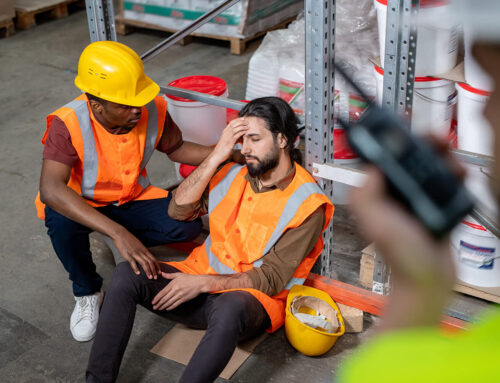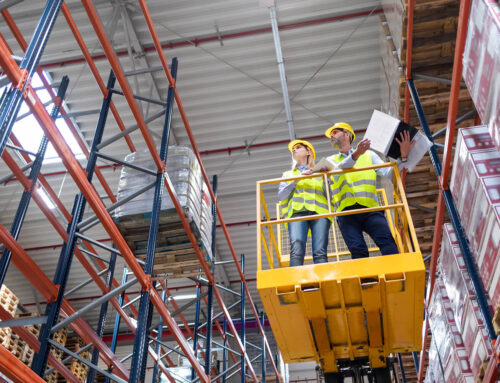In the law, there’s a term that is called a “bright line test.” That means that the law has erected a black-and-white rule in all circumstances. A result less than “X” always yields one result, a result greater than “X” always mean the opposite outcome. That’s important because, in the law, there’s actually very few “bright line tests.” Indeed, if you ask a knowledgeable lawyer a legal question, it is very possible he or she will answer, “it depends.” He or she will say “it depends” because many legal issues are resolved by analyzing wide array of factors. So, it is important never to assume. Particularly, don’t assume that your construction injury is not something that will allow you to go to court and obtain compensation. Always check with an experienced New York City construction injury attorney first.
For example, there is a law in New York that allows you to pursue a claim for damages if you were hurt as a result of a fall or an object falling on you. How far must that fall be in order for an injured worker to have a valid case? Well; it depends, but sometimes even just a very short fall can be enough to yield a successful outcome for an injured worker.
Consider the case of M.M., who was serving as a mechanical inspector when he was hurt in the summer of 2015. The inspector was working near the 72nd Street subway station in Manhattan when a metal road plate, which was being hoisted by an excavator machine, fell. The falling plate occurred when a sling, which was attached to the excavator and was holding the plate, snapped. The plate bounced, struck a street sign, and the street sign crashed into the inspector’s arm.
The inspector’s lawsuit asserted a claim for damages under Section 240(1) of the Labor Law, which is the statute that covers falls and falling objects. In order to succeed, you must have have evidence that shows that the hazard that injured you was an “elevation-related” risk of harm. Without proof of that, you cannot win a case under this statute.
That element was exactly the thing that the defense attacked in trying to defeat the inspector’s lawsuit. The defense’s argument was that the plate was only about 2-3 feet off the ground before it fell, and a fall of just 2-3 feet was too small to qualify as a valid “elevation-related” risk of harm that can trigger an award of damages under the statute.
It’s the totality of the circumstances, not the height off the ground
The trial court and the Appellate Division both disagreed with this argument. In order for an elevation to be too small to allow an injured worker to pursue a Section 240(1) case, the height differential must be what the law calls “de minimis.” That “de minimis” phrase basically means something so small as to be trivial. In the past, a worker lost his case because a steel plate that fell was hovering just off the ground right before the accident occurred. “Hovering just off the ground” is a trivial elevation. An elevation of 2-3 feet off the ground cannot necessarily be dismissed as trivial, “given the weight of the steel plate and the amount of force it generated over the course of its relatively short descent.”
In other words, the height off the ground, or the distance of the descent, of the object that fell is not, by itself, the essential proof in determining whether or not you have a case. By the same token, the object’s weight alone can’t defeat your case. The law requires proof of the totality of the circumstances, so that the court can determine the amount of force that the falling object generated or was capable of generating. A 10-pound aluminum rod falling 2 feet might be trivial, but a 10-pound aluminum rod falling 2 stories might generate enough force to be far from trivial. Similarly, a 2 foot fall might be enough to be more than trivial if, instead of a 10-pound rod, the object in question is a 900-pound steel beam.
If you have been hurt at your construction job, always arm yourself with information and find out if you may be entitled to compensation in court. Contact the New York City construction injury attorneys at Arcia & Associates for the representation you need. Our team has many years of experience helping injured workers seek the recovery they deserve.
Contact us at 718-424-2222 to find out how we can help you.
More Blog Posts:
Proof of a Lack of Fall Protection Allows an Injured Demolition Man to Win His New York Construction Injury Case, Blog de Abogado en la Ciudad de Nueva York, 9 de Julio de 2018
You Can Win Your New York Construction Accident Lawsuit Even if Your Immigration Status is Undocumented, Blog de Abogado en la Ciudad de Nueva York, 13 de Abril de 2018











